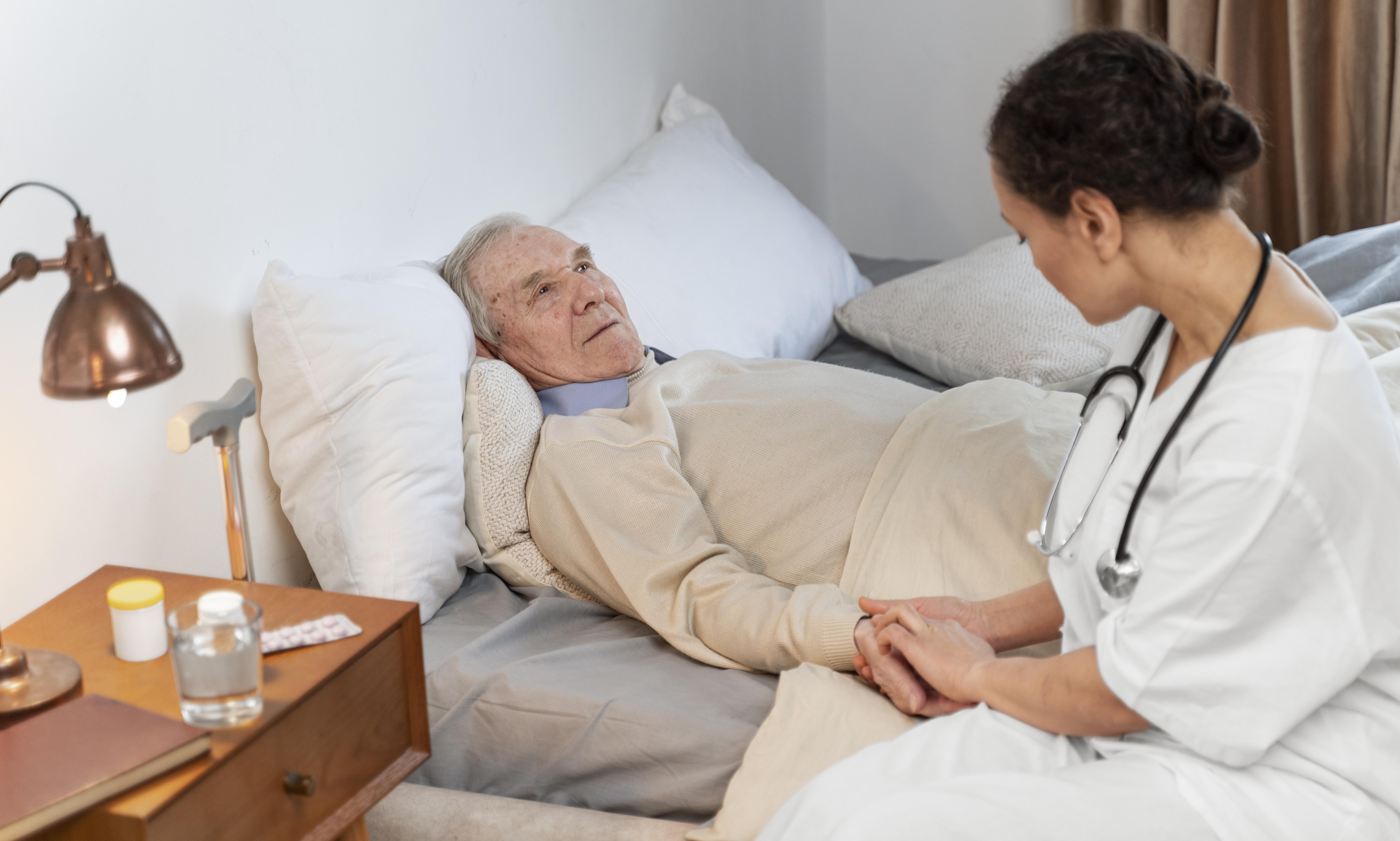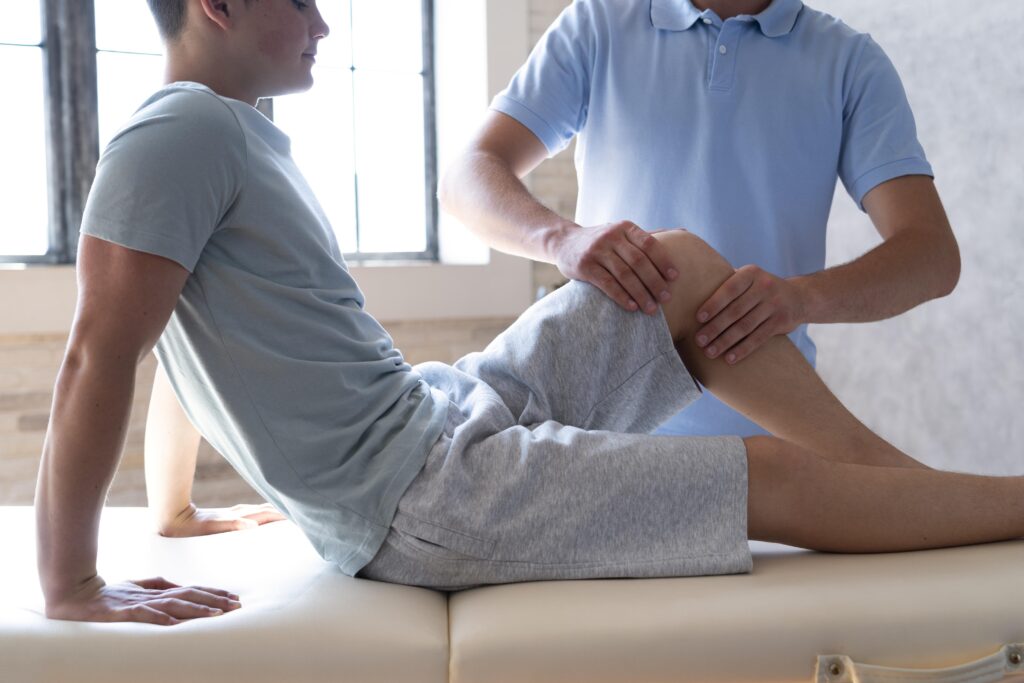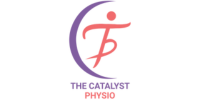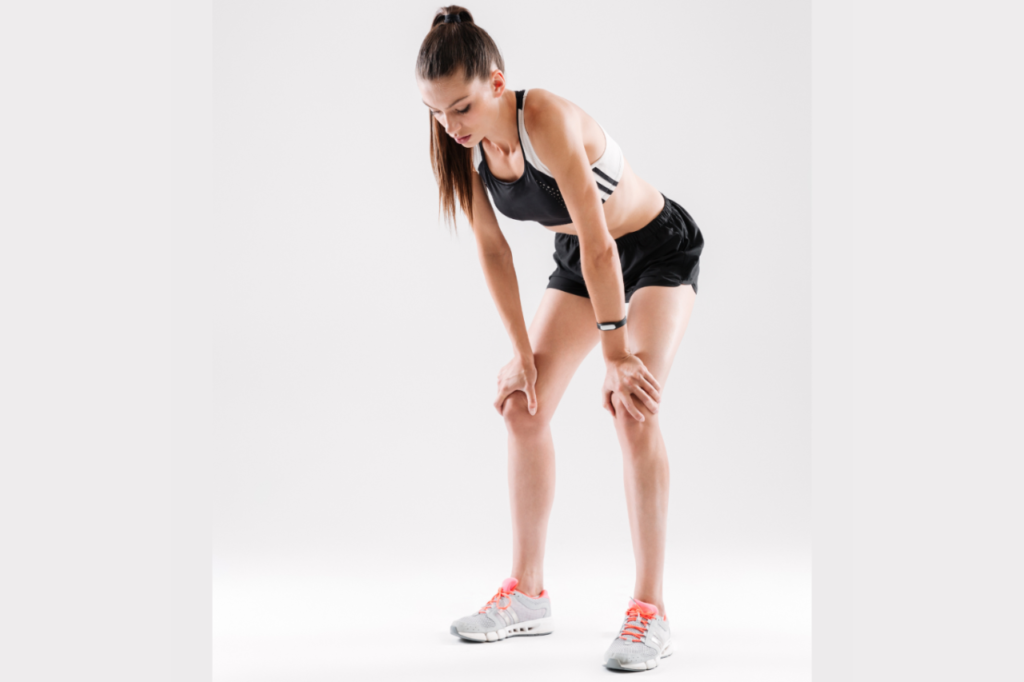Knee Pain:-
Knee pain is a common complaint that can interfere with daily activities and quality of life. Whether it’s due to injury, overuse, or underlying medical conditions, finding relief from knee pain is essential for maintaining mobility and overall well-being. In this article, we’ll explore ten effective exercises that can help alleviate knee pain and improve joint function.
Introduction
Knee pain can be caused by various factors, including arthritis, tendonitis, ligament injuries, and muscle imbalances. While rest and medication may provide temporary relief, incorporating targeted exercises into your routine can help strengthen the muscles surrounding the knee joint, improve flexibility, and reduce discomfort over time. Let’s delve into ten exercises specifically designed to target knee pain and promote healing.

1. Quadriceps Stretch
Knee pain is a common complaint that affects people of all ages and can significantly impact daily activities and quality of life. Whether it’s due to injury, overuse, or underlying medical conditions such as arthritis or tendonitis, finding relief from knee pain is essential for maintaining mobility and overall well-being. One effective way to alleviate knee pain and improve joint function is through stretching exercises, particularly the quadriceps stretch. In this article, we’ll explore the importance of the quadriceps stretch in managing knee pain and provide a comprehensive guide on how to perform this stretch effectively.
Understanding Knee Pain
Before delving into the specifics of the quadriceps stretch, it’s essential to understand the underlying causes of knee pain. The knee is a complex joint that is susceptible to various injuries and conditions. Some common causes of knee pain include:
- Muscle Imbalances: Weakness or tightness in the muscles surrounding the knee joint, including the quadriceps, hamstrings, and calves, can contribute to knee pain.
- Overuse Injuries: Activities that involve repetitive motions or excessive strain on the knee, such as running, jumping, or kneeling, can lead to overuse injuries and subsequent pain.
- Arthritis: Osteoarthritis, rheumatoid arthritis, and other forms of arthritis can cause inflammation and deterioration of the knee joint, resulting in pain and stiffness.
- Ligament and Tendon Injuries: Injuries to the ligaments (e.g., ACL, MCL) and tendons (e.g., patellar tendon) of the knee can cause pain, swelling, and instability.
- Patellofemoral Pain Syndrome: Also known as runner’s knee, this condition occurs when the patella (kneecap) becomes misaligned or irritated, leading to pain with activities like walking, running, or climbing stairs.
Regardless of the underlying cause, addressing knee pain often involves a combination of rest, medication, physical therapy, and lifestyle modifications. Stretching exercises, such as the quadriceps stretch, play a crucial role in improving flexibility, reducing muscle tension, and relieving knee pain.
The Importance of Quadriceps Stretching
The quadriceps muscles, located at the front of the thigh, are responsible for extending the knee joint and stabilizing the patella during movement. When these muscles become tight or shortened, they can pull on the patella and exacerbate knee pain. Stretching the quadriceps helps lengthen these muscles, alleviate tension, and improve knee function in the following ways:
- Relieves Muscle Tightness: Tight quadriceps can compress the knee joint and increase pressure on the patella, leading to pain and discomfort. Stretching the quadriceps helps release this tightness and reduce stress on the knee.
- Improves Joint Mobility: Flexible quadriceps allow for a better range of motion in the knee joint, making activities like walking, bending, and squatting easier and more comfortable.
- Enhances Muscle Balance: Stretching the quadriceps helps restore balance between the muscles surrounding the knee joint, including the hamstrings and calves. This balance is essential for proper alignment and function of the knee.
- Reduces Risk of Injury: Flexible muscles are less prone to injury during physical activities and can better absorb impact and strain. Regular quadriceps stretching can help prevent knee injuries and alleviate existing pain.
Given the importance of quadriceps stretching in managing knee pain, it’s essential to incorporate this exercise into your daily routine, particularly if you’re experiencing discomfort or stiffness in the knee area.
How to Perform the Quadriceps Stretch
The quadriceps stretch can be done in various positions, including standing, lying down, or using props such as a wall or chair for support. Here’s a step-by-step guide on how to perform the quadriceps stretch effectively:
- Standing Quadriceps Stretch:
- Stand upright with your feet hip-width apart and knees slightly bent.
- Shift your weight onto one leg and bend the other knee, bringing your heel towards your buttocks.
- Reach back with your hand and grasp your ankle or foot, gently pulling it towards your buttocks until you feel a stretch in the front of your thigh.
- Keep your knees close together and your pelvis neutral.
- Hold the stretch for 30 seconds to 1 minute, breathing deeply and evenly.
- Release the stretch and switch sides, repeating the same steps with the opposite leg.
- Lying Quadriceps Stretch:
- Lie on your side with your bottom leg bent for support and your top leg extended straight out in line with your body.
- Bend your top knee and reach back with your hand to grasp your ankle or foot.
- Gently pull your foot towards your buttocks until you feel a stretch in the front of your thigh.
- Keep your hips stacked and your bottom leg stable throughout the stretch.
- Hold the stretch for 30 seconds to 1 minute, then switch sides and repeat with the other leg.
- Using Props:
- If you have difficulty reaching your foot in the standing or lying position, you can use props such as a wall, chair, or yoga strap for support.
- Stand facing a wall or hold onto a sturdy object for balance.
- Place one hand against the wall or hold onto the object for support.
- Bend one knee and bring your heel towards your buttocks, using your free hand to grasp your ankle or foot.
- Gently pull your foot towards your buttocks until you feel a stretch in the front of your thigh.
- Hold the stretch for 30 seconds to 1 minute, then switch sides and repeat with the other leg.
Tips for Effective Quadriceps Stretching
To maximize the benefits of the quadriceps stretch and ensure safety and effectiveness, keep the following tips in mind:
- Warm-Up: Before stretching, warm up your muscles with light aerobic exercise or dynamic movements to increase blood flow and prepare your body for stretching.
- Go Slow: Ease into the stretch slowly and avoid bouncing or jerking movements, which can strain the muscles and increase the risk of injury.
- Maintain Good Posture: Keep your back straight, shoulders relaxed, and pelvis neutral throughout the stretch to avoid straining the lower back or hips.
- Listen to Your Body: Pay attention to how your body feels during the stretch and avoid pushing beyond your comfort level. Stretch to the point of mild tension, not pain.
- Breathe Deeply: Remember to breathe deeply and evenly throughout the stretch, allowing oxygen to flow to the muscles and promoting relaxation.
- Be Consistent: Incorporate quadriceps stretching into your daily routine to maintain flexibility and prevent muscle tightness and imbalances over time.
2. Hamstring Stretch
Tight hamstrings can contribute to knee pain by pulling on the knee joint. To stretch your hamstrings, sit on the floor with one leg extended and the other bent with the sole of your foot against your inner thigh. Lean forward from your hips, reaching towards your toes until you feel a stretch in the back of your thigh. Hold for 30 seconds, then switch legs.
3. Straight Leg Raises
Straight leg raises help strengthen the quadriceps muscles without putting undue stress on the knee joint. Lie on your back with one leg bent and the other extended straight out in front of you. Tighten your thigh muscles and lift your straight leg towards the ceiling, keeping it straight. Hold for a few seconds, then lower it back down. Repeat 10-15 times on each leg.
4. Wall Squats
Wall squats are a gentle way to strengthen the quadriceps and gluteal muscles while stabilizing the knee joint. Stand with your back against a wall and feet hip-width apart. Slowly slide down the wall into a squat position, keeping your knees aligned with your ankles and your back straight. Hold for 10-15 seconds, then slowly rise back up. Repeat 10 times.
5. Step-Ups
Step-ups are an excellent exercise for improving knee strength and stability. Find a sturdy step or bench and place one foot firmly on top of it. Press through your heel and lift your body until your other foot is also on the step. Step back down with control, leading with the same foot. Repeat 10-12 times on each leg.
6. Leg Press
Leg presses can be performed using a leg press machine at the gym or with resistance bands at home. Sit in the machine or anchor the bands to a sturdy object, then press your feet against the platform or bands, straightening your legs. Slowly bend your knees and lower the weight or resistance, then press back up. Aim for 10-12 repetitions.
7. Calf Raises
Strong calf muscles can help support the knee joint and reduce strain during weight-bearing activities. Stand with your feet hip-width apart and slowly rise onto your toes, lifting your heels off the ground. Hold for a moment at the top, then lower back down. Repeat 15-20 times.
8. Inner Thigh Leg Lifts
Inner thigh leg lifts target the muscles on the inside of the thigh, which can help improve knee alignment and stability. Lie on your side with your bottom leg bent for support and your top leg extended straight out in line with your body. Lift your top leg towards the ceiling, keeping it straight. Hold for a moment, then lower back down. Repeat 10-12 times on each side.
9. Clamshells
Clamshells are another effective exercise for targeting the muscles of the inner thigh. Lie on your side with your hips and knees bent and stacked on top of each other. Keeping your feet together, open your top knee as far as you can without rotating your hips. Hold for a moment, then close your knee back down. Repeat 15-20 times on each side.
10. Resistance Band Knee Extensions
Resistance band knee extensions can help strengthen the quadriceps muscles while providing gentle resistance. Sit on the floor with one end of a resistance band looped around your foot and the other end anchored to a sturdy object. Straighten your leg against the resistance of the band, then slowly bend it back down. Repeat 10-12 times on each leg.
Conclusion
Incorporating these ten exercises into your daily routine can help alleviate knee pain, improve joint function, and prevent future injuries. Remember to start slowly and gradually increase the intensity and duration of your workouts as your strength and flexibility improve. If you experience persistent or worsening knee pain, consult with a healthcare professional for a proper diagnosis and treatment plan.

FAQs
- What are the benefits of receiving physiotherapy at home for residents in Delhi?
- Receiving physiotherapy at home in Delhi offers numerous benefits for residents, including convenience, personalized care, and improved accessibility. Patients can avoid the hassle of traveling to a clinic, saving time and energy. Additionally, home-based physiotherapy allows for individualized treatment plans tailored to the patient’s specific needs and environment. With the comfort of familiar surroundings, patients may feel more relaxed and motivated to participate in their rehabilitation. Moreover, home visits by physiotherapists ensure greater accessibility for those with mobility issues or transportation limitations, facilitating continuity of care and better outcomes.
- What should I consider when choosing a physiotherapy clinic?
- When choosing a physiotherapy clinic, consider factors such as the qualifications of the therapists, the range of services offered, clinic facilities, patient reviews, and location.
- Can physiotherapy help with chronic conditions like fibromyalgia or multiple sclerosis?
- Yes, physiotherapy can help manage symptoms and improve the quality of life for individuals with chronic conditions like fibromyalgia, multiple sclerosis, and others. Your physiotherapist will develop a tailored treatment plan to address your specific needs and goals.
- Are there any age restrictions for physiotherapy?
- Physiotherapy is suitable for individuals of all ages, from children to older adults. Whether you’re recovering from an injury, managing a chronic condition, or seeking to improve your overall mobility and function, physiotherapy can benefit people of any age group.
- How many physiotherapy sessions will I need?
- The number of sessions required depends on the nature and severity of your condition, as well as your response to treatment. Your physiotherapist will develop a treatment plan tailored to your specific needs and goals.
- Is physiotherapy painful?
- Physiotherapy techniques are generally not painful, although some discomfort may be experienced during certain exercises or manual therapy techniques. Your physiotherapist will work with you to ensure that treatment is comfortable and tolerable.
Dr. Priyanka Bharadwaj (Physiotherapist)
CB Home Physiotherapist: Dr Priyanka Bharadwaj is one of the best female physical therapy experts in Khanpur, Delhi. She offers Physiotherapy at home in Khanpur and nearby areas. With a well-established practice for home physiotherapy, she is an expert in the treatment of conditions such as Back Pain, Neck Pain, Knee Pain, Sciatica, Cervical Spondylosis, Disc Bulge, Frozen Shoulder, Arthritis, Osteoporosis, Muscle Weakness, Balancing Problems… Post-surgery rehab for Shoulder, Knee Surgery / TKR, Hip Replacement … and neurological issues like Stroke, Nerve Injuries, Bell palsy, Multiple Sclerosis, and Parkinson’s. Dr. Priyanka Bharadwaj has an overall experience of 2 Years in various hospitals & clinics.
Her main focus/expertise is in the field of General Physiotherapy but she has trained & worked across multiple specialties like General Physiotherapy, Pediatric Physiotherapy, Geriatric Physiotherapy, Vestibular Rehabilitation, Neurological Physiotherapy, Musculoskeletal Physiotherapy, Cardiovascular Physiotherapy, Pulmonary Physiotherapy, Sports Physiotherapy, Pre and Post Surgery, Rehabilitation, Dry Needling. She has experience working with a wide range of patients from children of small age to senior patients. Dr. Priyanka Bharadwaj is very compassionate and dedicated to patient well-being.
Qualification
Bachelor Of Physiotherapy
Manav Rachna International Institute of Research and Studies
Overall Experience in Years – 2
Connect with Us Online
Social Media:
Stay updated on our services, health tips, and community events by following us on Facebook. Connect with us, and join the conversation on how home care physiotherapy can contribute to a healthier lifestyle.
Online Form:
You can also fill out our online contact form on our website at The Catalyst Physio. Provide us with your details and inquiries, and we will get back to you promptly.
Your Health, Our Priority
At The Catalyst Physio, we prioritize your well-being. Whether you’re recovering from surgery, managing a chronic condition, or seeking preventive care, our dedicated team is committed to providing you with personalized, convenient, and transformative home care physiotherapy.
Contact us today, and let’s embark on the journey to optimal health together. Your well-being is our priority, and we look forward to being part of your path to recovery and sustained wellness.


